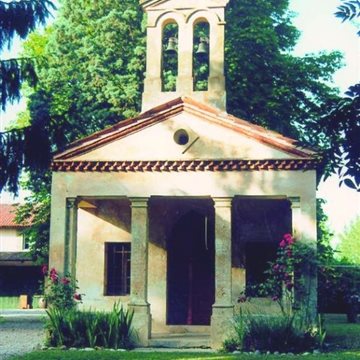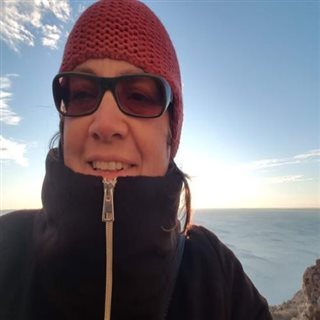 Lorenza Cesaratto
Lorenza Cesaratto
Aquileia, a treasure chest
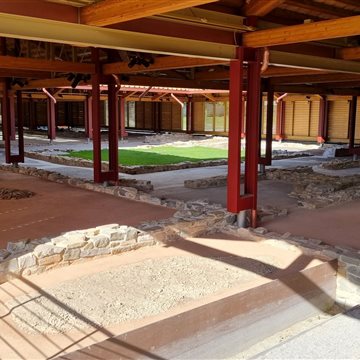



On 9 November I had the pleasure of taking part in the inauguration of the exhibition of the "Gorizia conTatto" project, the first phase of which has just ended. The name of the exhibition-project is very significant: ConTATTO. It is aimed at those who are unable to see properly and rely on touch to enjoy the cultural offerings of the town: exploring models and tactile maps, handouts and captions in Braille characters, as well as three-dimensional reproductions, these people can imagine what the structure they are visiting looks like and better understand what is being explained to visitors.
And it is precisely in view of the inclusion of Gorizia in an accessible and socially sensitive tourism circuit, that I decided to participate in the event I am about to describe to you.
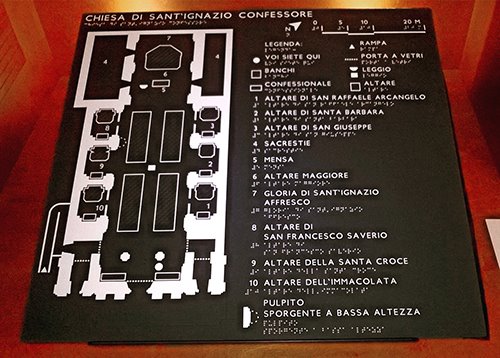
I am from Gorizia, born and raised in Gorizia and the Isontino area and the fact that the initiative came from here really intrigued me. Through the use of modern technologies, the project aims to support knowledge of the artistic and cultural heritage of Gorizia, improving its usability and an experience-based approach.
I listened with great interest to the speakers, who repeatedly used the word “tourism” combined with the concepts of social inclusion and accessibility, and who underlined the human, scientific and tourist value of the project. The sites in question are the symbolic places of Gorizia's history: the Castle, the Synagogue, the Church of Sant'Ignazio, Palazzo Coronini Cronberg and Palazzo Attems. In some of these buildings, itineraries for partially sighted and visually impaired people have already been available for years, and these have been renewed and realised for this event.
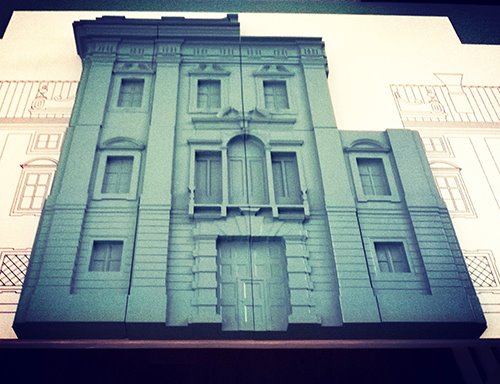
1) The Castle: there is already a tactile plantar itinerary to which has been added the new tactile map including the walls, the walkways, buildings of the castle complex, the well and the sundial. The legend is in Braille characters.
2) The Synagogue: the Jewish temple of the city, erected in 1756, is located at the centre of the former Jewish ghetto. The existing tactile model has been renewed and a three-dimensional map has been created and books in Braille characters have been restored.
3) The church of Sant'Ignazio: a map of the site of the church in tactile version with captions has been created and work is being done on the eighteenth-century fresco of the pulpit showing “The Glory of St. Ignatius”, painted by Christophe Tausch, to make it tactile and three-dimensional.
4) Palazzo Coronini: there is already a tactile itinerary to which has been added the life-size three-dimensional reproduction of the “character heads” or Messerschmidt busts, of which Gorizia houses the only two examples in Italy. In all there are thirty-eight exhibited in the major cities of the world.
5) Palazzo Attems Petzenstein: the seat of the Art Gallery and the Provincial Museums. The façade has been reproduced in a three-dimensional version.
Some of these structures have been placed near the entrance to the site to facilitate the orientation and recognisability of the environment and the arrangement of the elements within, including steps, altars and fixed furnishings that may constitute potential obstacles and hazards during the visit.
In two rooms, the exhibition displays all the material produced, which visitors will find on site, at the time of the visit, guided or not, to the cultural sites in question. At the event there were also disabled people, who were able to preview the work carried out for the project. I also tried to close my eyes to explore only with touch, for a moment putting myself in the shoes of those who unfortunately cannot makes use of light, colours and images but who thanks to the great work done in recent months, will have the opportunity to discover and get to know Gorizia through multisensory perception.
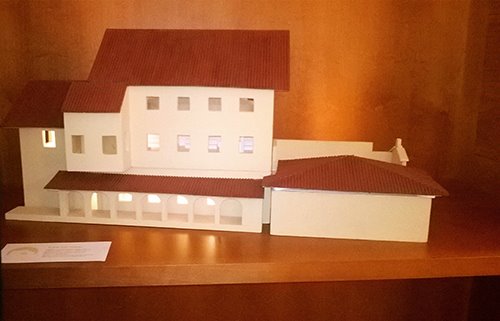
The project also provides for the creation of a mobile app that will allow users to listen to and receive descriptive messages about the monuments. This is only the first stage of the Gorizia ConTatto project which will continue its development by proposing and applying this model of visits to other towns in the province, starting with Gradisca d'Isonzo and Cormons.
After the presentation and the visit to the exhibition, I came out fascinated and more aware: I was projected into a world unknown to me, which the local administrations and representatives have encouraged in a truly commendable manner.
The exhibition will remain open until 26 November, 2017 at the site of the Fondazione Carigo in via Carducci, 2 and is for everyone an invitation to reflect on the value and importance of the inclusion of these persons in the experience of visiting the places of our region, because contrary to what we may think, they are as interested in knowing about them as the rest of us.
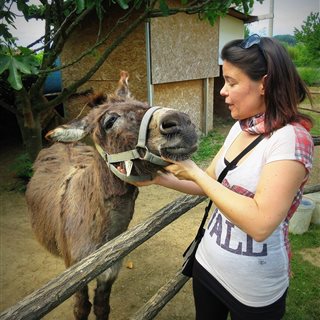
 Lorenza Cesaratto
Lorenza Cesaratto

 Giovanni Morassutti
Giovanni Morassutti

 Giovanni Morassutti
Giovanni Morassutti
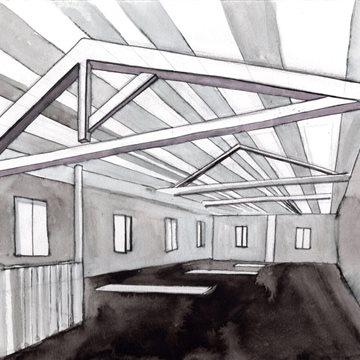
 Giovanni Morassutti
Giovanni Morassutti
